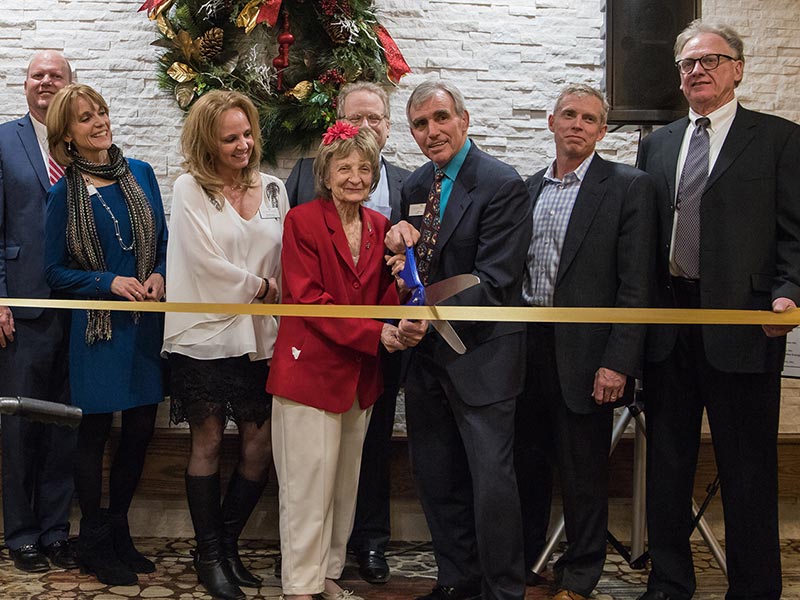
Excellent dining experiences support socialization and overall health for residents in senior living. Communities today are doing more than just meeting the nutritional needs of residents, and instead are taking steps to create delicious, customized meal options without sacrificing taste.
The latest trends in senior living dining have favored personalized experiences with flavor and freshness at the forefront. More communities are bringing highly skilled chefs in to build creative menus and tailor dishes to the residents they serve. At Jackson Creek, our staff is constantly evolving to meet the needs of residents. Here are five things we’ve done to create an excellent experience for everyone who dines with us:
1. Planning with a focus on healthy aging
Meals are carefully created by a professional chef and reviewed by a dietician before making it to the menu. Options for restricted diets – like vegetarian, low gluten or dairy-free – are reviewed to make sure they accommodate specific nutritional needs. While some kitchens prepare dishes in large batches, our team cooks multiple small batches throughout the day, ensuring food is always served fresh, crisp and hot.
2. Cooking with fresh ingredients
Fresh ingredients have become a mainstay on menus in most restaurants for years but have been difficult to introduce in large-scale kitchens serving more options to meet a wider range of dietary needs. Since fresh ingredients don’t last as long, our culinary team must order ingredients more often and dedicate more time to prep. Take an innocent plate of mashed potatoes as an example: since our kitchen doesn’t use any instant potatoes, our cooks need more time to peel, cook and mash several bags of potatoes than a chef elsewhere mixing powder with hot water. Though more time consuming, fresh food tastes better and lets our chefs create masterful meals.
3. Introducing a variety of options
Using a variety of menu items serves residents in several ways – not only does it ensure individual preferences are being met, but it gives seniors an opportunity to explore new cuisines and step out of their comfort zone on their own terms. By including a mix of familiar meals, gourmet recipes and daily specials, residents have the power to customize their dining experience to meet their tastes instead of settling on a rotation of just a few staple dishes.
 4. Listening to – and learning from – resident feedback
4. Listening to – and learning from – resident feedback
Senior living communities are focusing more and more on individual residents and how to learn from their experiences. Even in the dining room – collaboration is key. Our continental menu is always evolving to include a healthy variety of familiar and unfamiliar items, but we know sometimes our residents just know better, so we feature our residents’ own recipes on our menu when they have a truly all-star dish.
5. Focusing on service and hospitality
High-quality, nutritious foods are the foundation for a great meal, but a great dining experience needs to do more than feed a hungry person. Above all, individual needs need to be met with engaging, thoughtful and accommodating service. We work with our team to learn how to anticipate residents’ needs and actively communicate with everyone in the dining room. By getting to know our residents better and regularly listening to their feedback, we can create a friendly environment and serve their food exactly how they like it.









